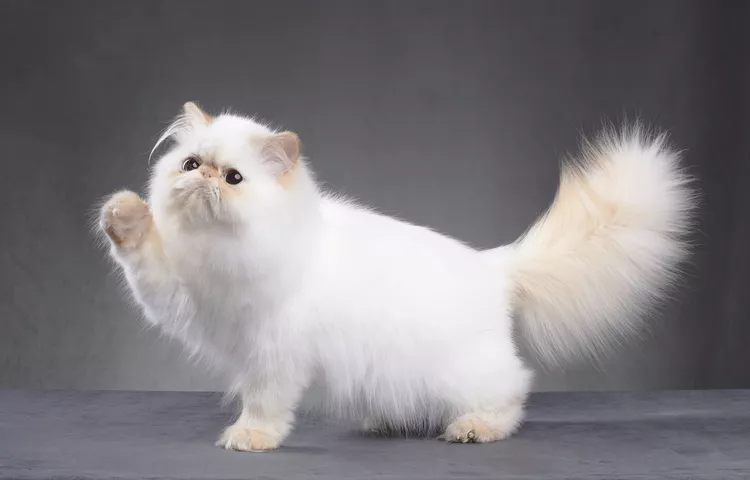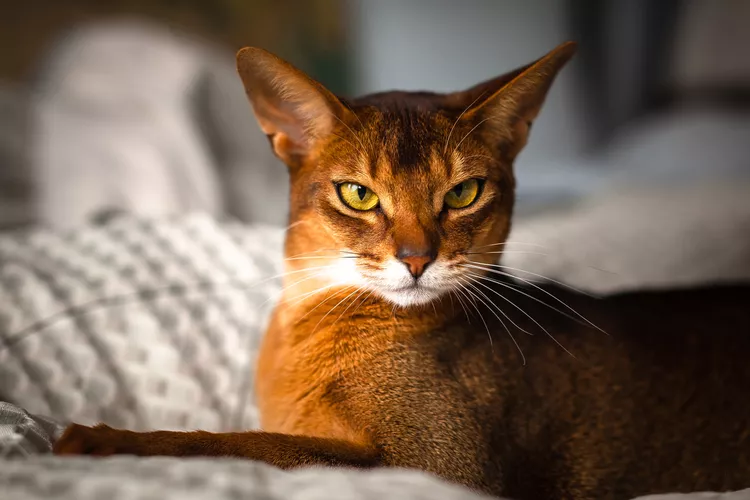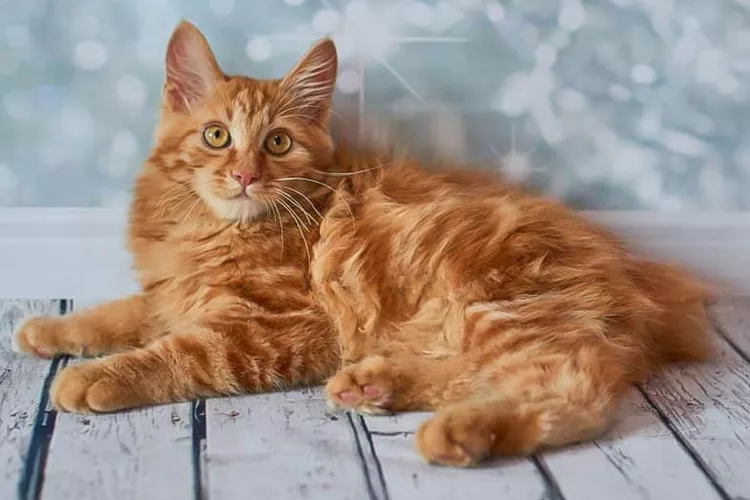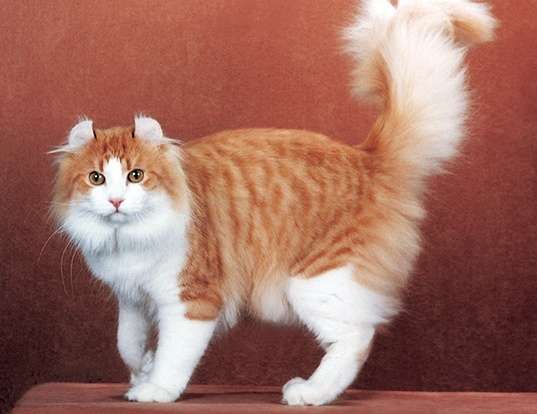
Description
Size: 7-14lbs
The Persian is a medium-sized cat that is hefty and well-boned. She might look bigger than she is due to her thick coat of fur.
The Persian has a distinctive appearance. The legs and neck are small and thick, while the torso is short but substantial. The ears are small, and the tail is not very long. The head is big, and the eyes are huge and round. In profile, her face is flat and her nose shifts direction, revealing largely the colorful flesh on her nose. A Persian has a long, thick, and full coat. However, it needs to be shiny and beautiful. They come in an amazing variety of tones and patterns.

Behavior
Activity Level:
Social needs:
The Persian raises his face to look at his favorite humans in a nice, delicate way. It speaks with a gentle, beautiful voice and expressive gaze. The Persian cat is the ideal lap cat because of its relaxed and undemanding temperament. Although he enjoys cuddling, he is also lively and inquisitive. He prefers to pose elegantly on a chair or sofa or play with a favorite feather toy rather than jump or climb. Persians like a calm, familiar setting, but they can put up with a noisy, loud household if their requirements are addressed and satisfied.
Origin/History
Persian cats first appeared in Mesopotamia, which eventually developed into Persia and is currently Iran. The Italian nobleman Pietro Della Valle, who is attributed with introducing these cats to Europe in the 17th century, was drawn to them by their gentle appearance and docile demeanor. The Persian cat was a favorite of Queen Victoria, and the breed was introduced to the United States in the late 1800s.
Care as a Pet
The Persian cat requires the most grooming of all the cat species due to its thick, luxuriant, flowing coat. The coat is incredibly thick and lengthy. Simply brushing is insufficient. Although they enjoy playing with feather wands or other teaser toys, Persian cats are generally calm and relaxed. Playing with your Persian cat a few times a day can give it some exercise and keep it emotionally and physically active. Another physically stimulating action that cats naturally like is scratching. Establish authorized scratching spots in your home to promote scratching in the proper locations.
Use both horizontal and vertical scratchers, since your cat may use them to scratch in various ways. Examples of horizontal scratchers are cardboard or sisal scratchers that lie flat on the ground.
Nutrition and Diet
The Persian cat breed is heavy build, thus if allowed to eat excessively, it may gain weight. All cats are healthier when they maintain a lean physique, which can also help them avoid getting obesity-related health problems including diabetes and heart disease. Feed your Persian cat measured meals twice a day rather than constantly filling the bowl (a practice known as free feeding) to control how much food it consumes. Young kittens need three meals per day. Consult your veterinarian or breeder for guidance if you’re unsure of what to feed or how much food your Persian needs each day.
Grooming needs
Despite the fact that they might shed a lot, a Persian cat that is well-groomed won’t leave hair all over your house. To avoid mats and knots and to remove any stray hair, comb their hair every day.
Table





